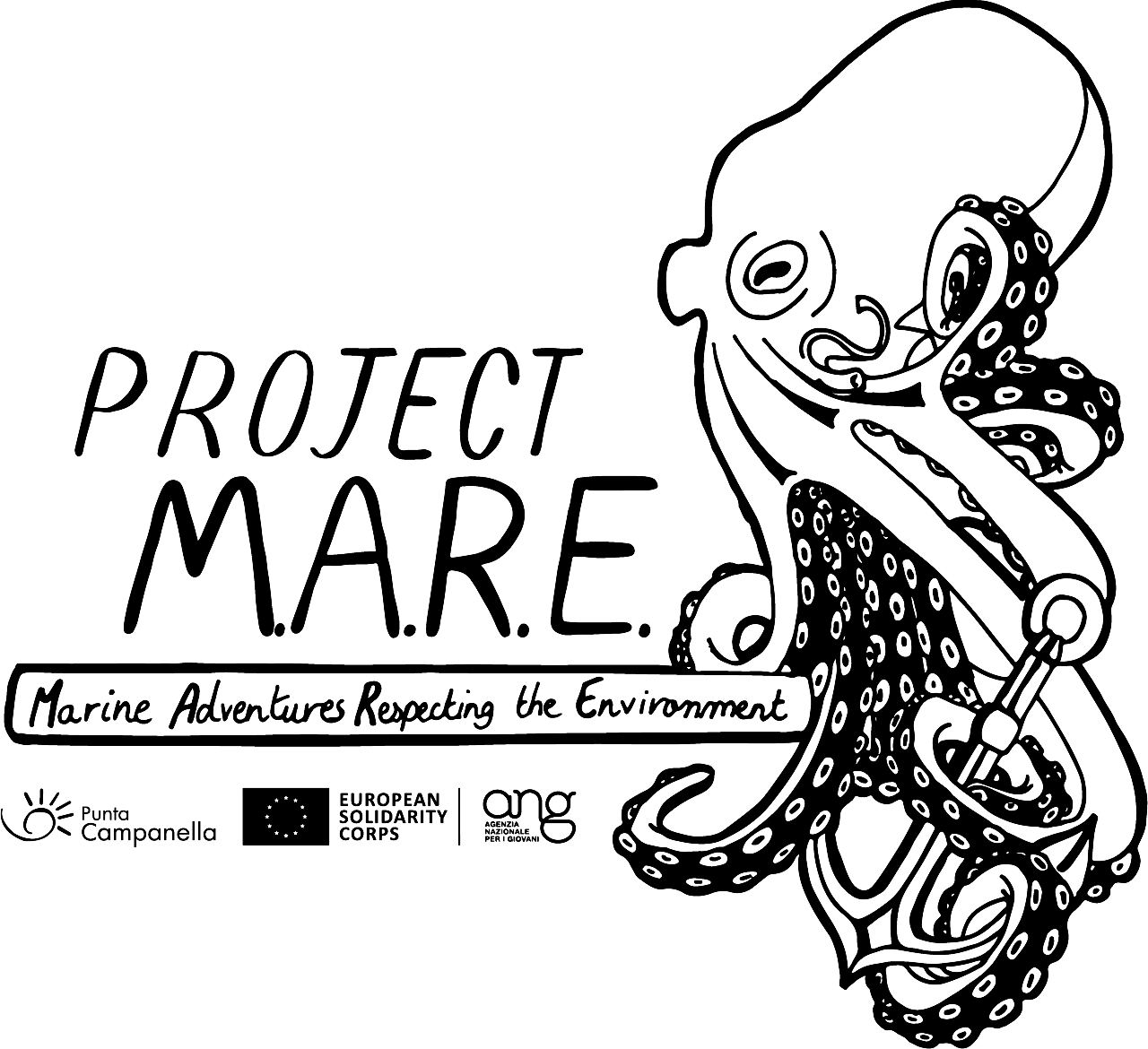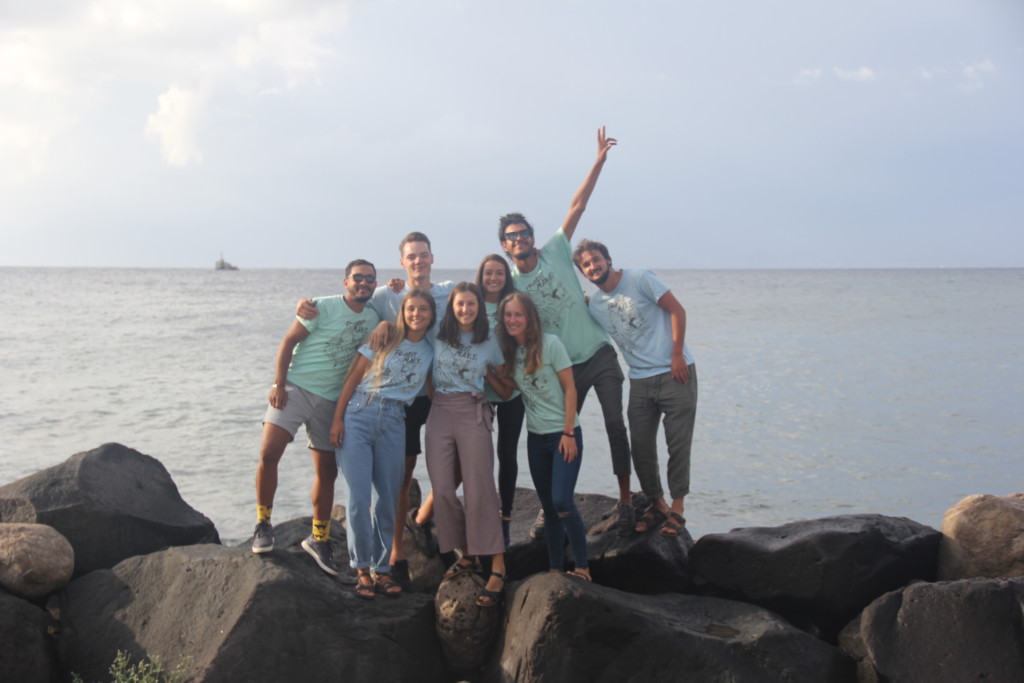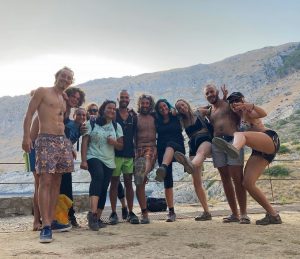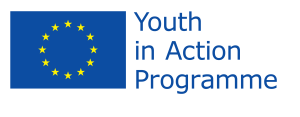Updated on January 18, 2023
23rd Young and Mediterranean Meeting : A personal reflection

At the end of November, two of my fellow volunteers (Ons and Andrea) and I had the opportunity to attend the 23rd Young and Mediterranean Meetings in Nice, France as representatives of Project M.A.R.E. and the MPA (Marine Protected Area) of Punta Campanella. The meetings are hosted by the CDMM (Centre for Discovery of the Sea and the Mountains), an environmental centre which mostly aims to bring environmental awareness to young people through education and various outdoor activities. The meetings are organised to bring people and organizations with similar goals from different Mediterranean countries together to identify current challenges, but also arising opportunities in environmental education. This year’s meetings were centred around the theme Nature, our future, the services provided by nature and biomimicry.
By the time we reached the CDMM at noon on the 21st of November, after some 14 hours of travelling, the day had already grown beautiful. On the sunlit terrace facing the South, looking over the sea, we were welcomed by Tom, one of the organizers of the meetings, who was surprised to see a Tunisian, a Croatian and a Belgian as the Italian delegates to the meetings. As the other representatives arrived, people introduced themselves and their organizations to each other and got to know each other over lunch. I was immediately surprised by the diversity of the group. There was a Spanish biology teacher, two Libyan representatives working in media, an Albanian representative who runs an organization to empower young people in the job market, a Greek representative who runs an environmental centre, the president of a Tunisian diving and spear-fishing association and so on.
After having had the chance to get to know each other, we started with the first afternoon’s sessions which concerned Posidonia oceanica. As we were requested before the meetings to present a Posidonia related project that we are working on, we decided to present something about what we do as an MPA to conserve P. oceanica meadows. Andrea talked about our work in the bay of Ieranto where we prevent anchoring, while I gave a brief presentation about the MPA Engage project through which we sought to assess the meadow conservation status (meadow health condition) of P. oceanica within the bay of Ieranto. Lastly, we showed them the Posidonarium which we had brought as a gift for the CDMM. This is an informative tool which we created using dried Posidonia samples to show the different biological components, to introduce the epiphytic community and lepidochronology, a method used to assess the life history and age of P. oceanica shoots much like dendrochronology, the scientific method used to dating tree rings to the year they were formed. For me, this experience was a great way to improve my ocean education skills. Coming from a traditional academic background, I am more than used to talk about marine biological topics to fellow biologists. As this conference was attended by more than just people with a scientific background, I had the challenge of conveying the same message using more conventional language. While it wasn’t easy, it certainly was a good learning opportunity!
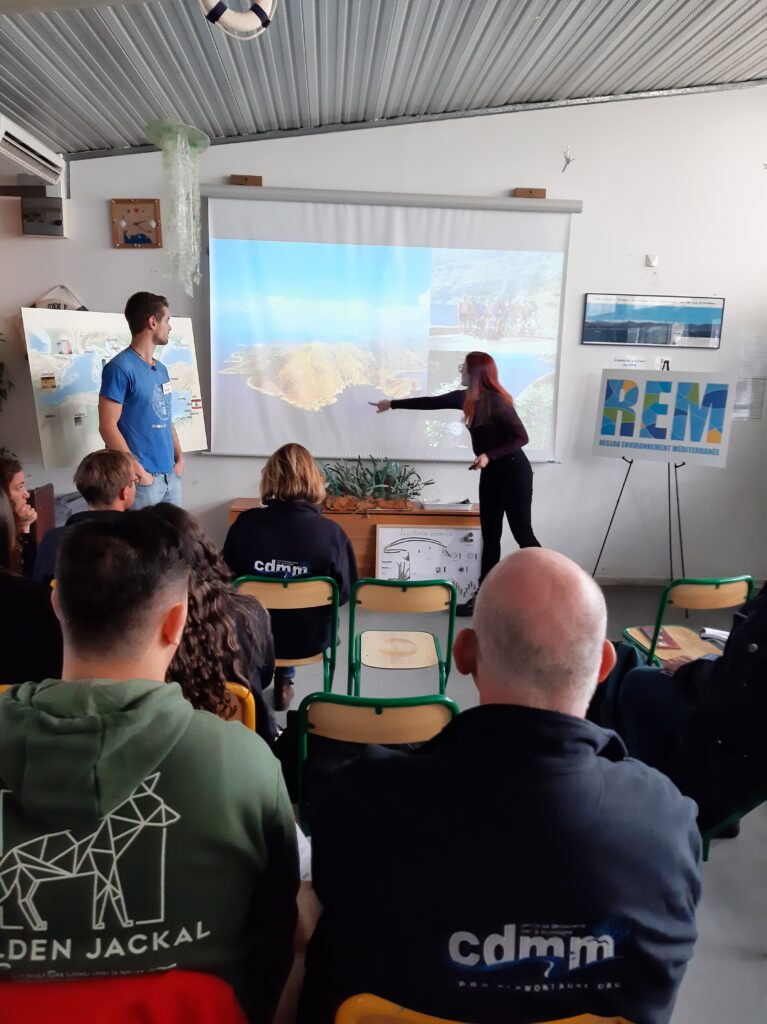
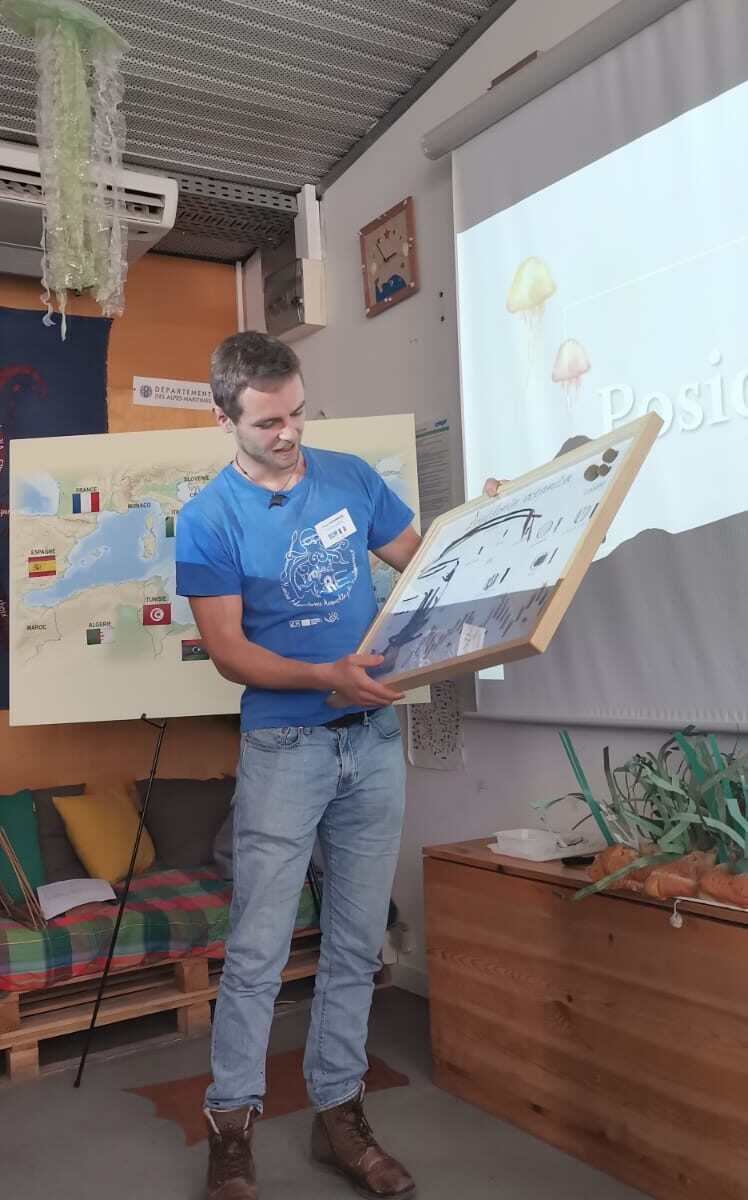
After our presentation, our hosts of the CDMM took to the stand and introduced us to one field method with which they teach children about the importance of Posidonia ‘banquettes’, the thick layer of dead seagrass leaves found along beaches along the entire Mediterranean coastline, protecting it from erosion. We took quadrats and placed them in the ‘banquettes’, to then collect data on the physical and biological features we were able to identify, a method used by actual ‘banquette’ researchers! This for me was most amusing, as there is nothing that I love more about marine research than the fieldwork, exploring first-hand all the wonderful features connected to our marine environment. After spending some time exploring the epiphytic P. oceanica communities (organisms that grow on the leaves), we were shown around the main education room of the CDMM which had only just been finished. What I really liked here is how they don’t just use biological, but also historical aspects to promote the conservation of the seascape by talking about its role in prehistoric humans. All information was also available in braille writing, a small but very significant detail too often overlooked by those who are not visually impaired. However, the thing that struck us most though was the VR-experience they offered. A lot of people never have the chance to explore the underwater world and to become familiar with it, seeing the ocean as nothing more than the reflective, wavey surface as seen from land. Using this new technology however, anyone can see what it is like below the surface. As SCUBA-diving has done for me, I believe this has the potential of invoking a great sense of awe and curiosity towards the marine environment, opening the ways to more awareness surrounding current environmental issues.
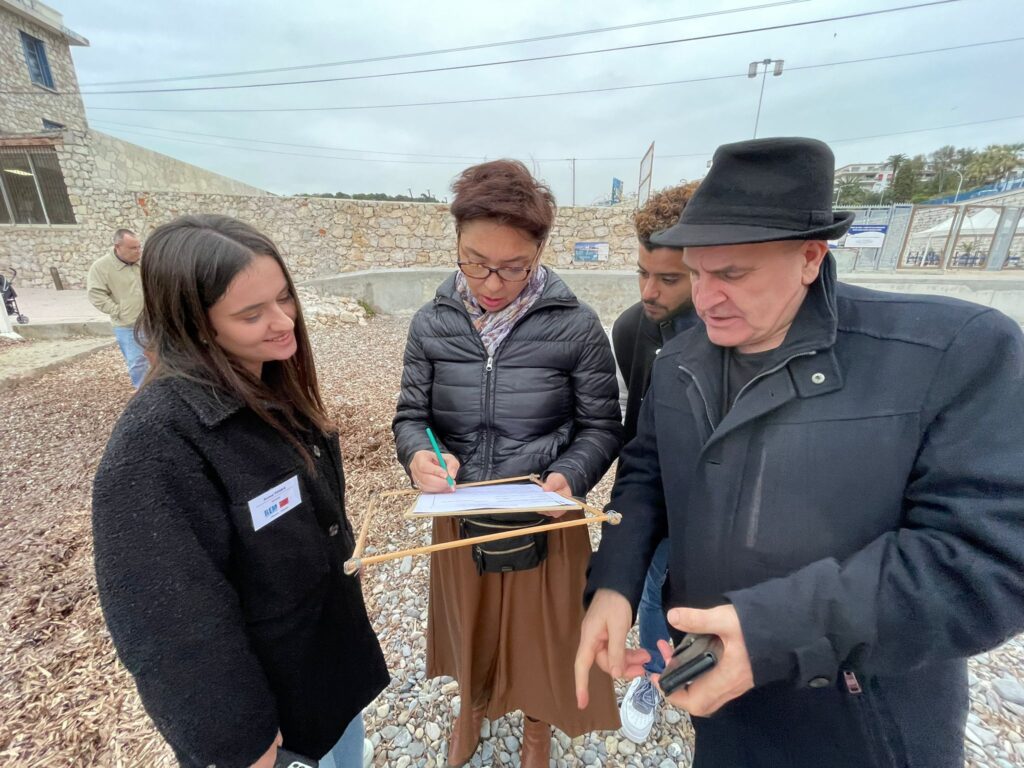
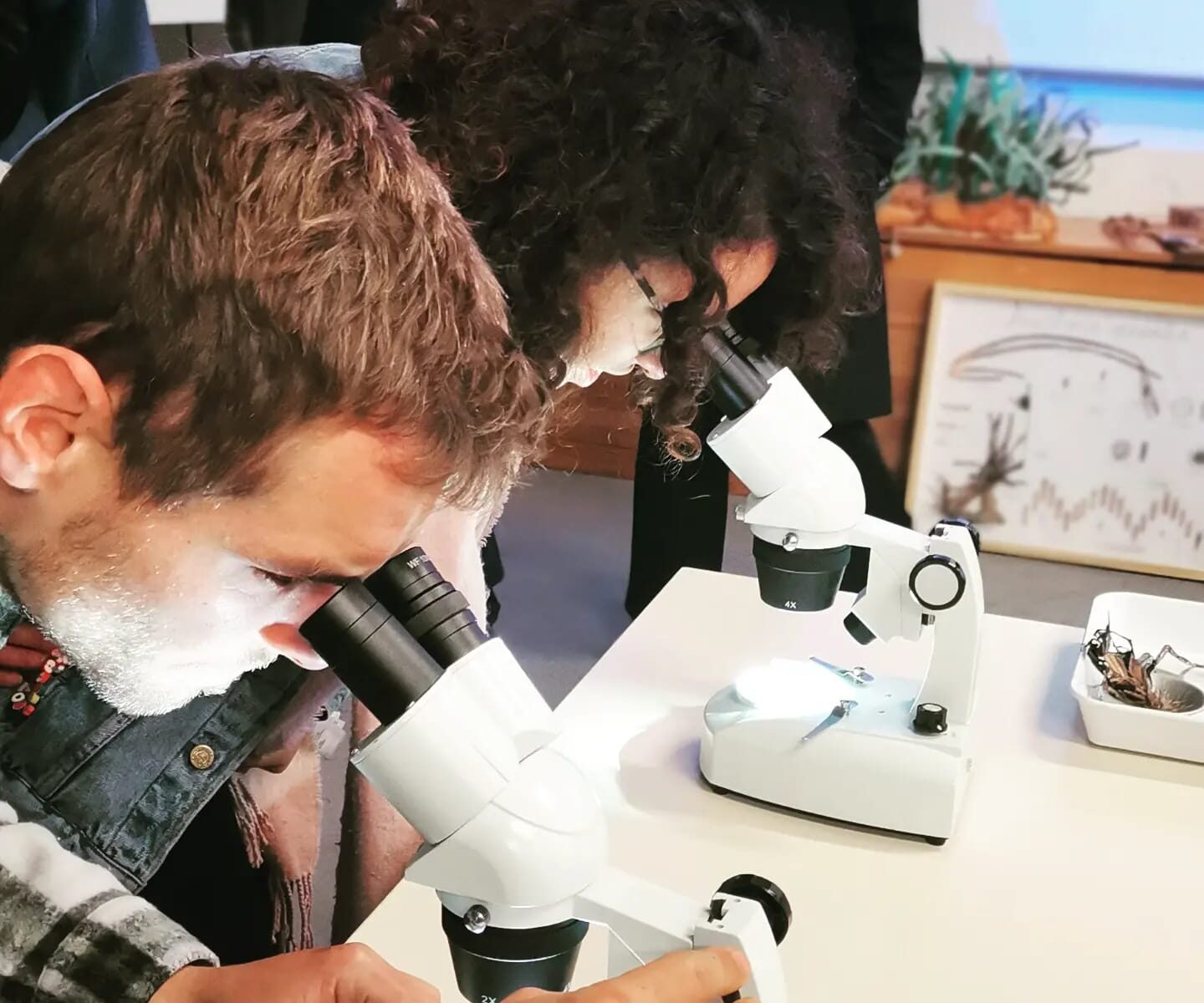
After a good night of sleep and a great breakfast, the second and main day of the Meetings initiated. As mentioned in the theme, this day revolved all around biomimicry. In the morning we attended the conference on biomimetics by the Institute of Mediterranean Biomimetics (IBMED) and specialists. Biomimicry refers to the imitation of the models, systems, and elements of nature for the purpose of solving complex human problems, and during this morning we were shown countless examples. The most memorable of these included a water boiler which is inspired by the compartementalization and pressure regulation of Nautilus shells and the thermodynamics of termite hills, using enzyme inspired molecules to create highly reactive H2 with the purpose of saving renewable energy and a type of concrete (ECOncrete) inspired by indigenous intertidal community structures to prevent the proliferation of invasive species in and around ports. While I was surprised by the large variety of nature-inspired innovations, I kept thinking about how this topic could serve as a tool for environmental education. During the brain-storming session we held afterwards, I recalled a question that was frequently asked to me in the course of my biology studies: ‘what is the value of discovering new species?’, realizing that I had part of the answer right in front of me.
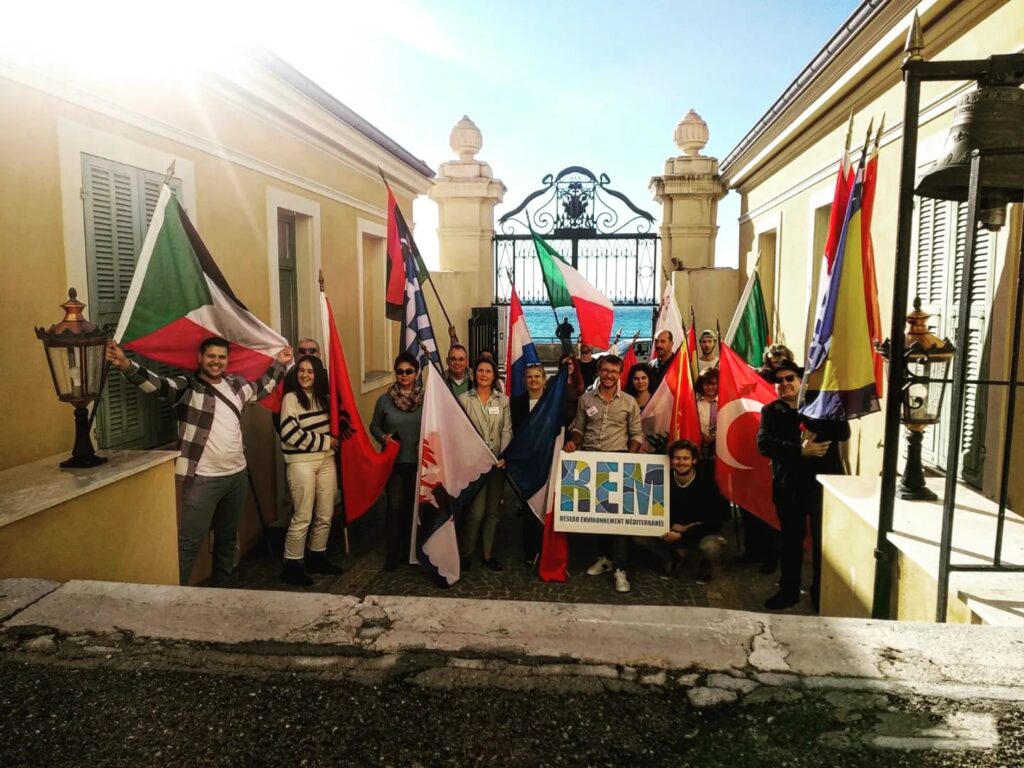
The more I came to think of it, the more I saw the concept of biomimicry as a very useful tool to change people’s perspective towards nature. I believe that many of us, being raised in a capitalist society which depends on infinite economical growth, see nature as something to exploit, in service of humankind. These numerous examples of nature-based innovations however, show us that by looking at nature and the solutions it has come up with to support the vast variety of life, we could potentially solve some of the biggest threats facing society today. Hence, speaking about the lessons we can learn from it, rather than what we can extrapolate from it, our perspective towards nature could shift from resource to mentor, paving the way for our civilization to thrive and prosper in harmony with the natural world around us as our guide.
The insights I shared with you here made the 28 hours of travelling totally worth it, and I am looking forward to see how people will react when we try to integrate this topic in our own ocean education projects in the future. See you next time, Nice!
Yens Vandenboer
